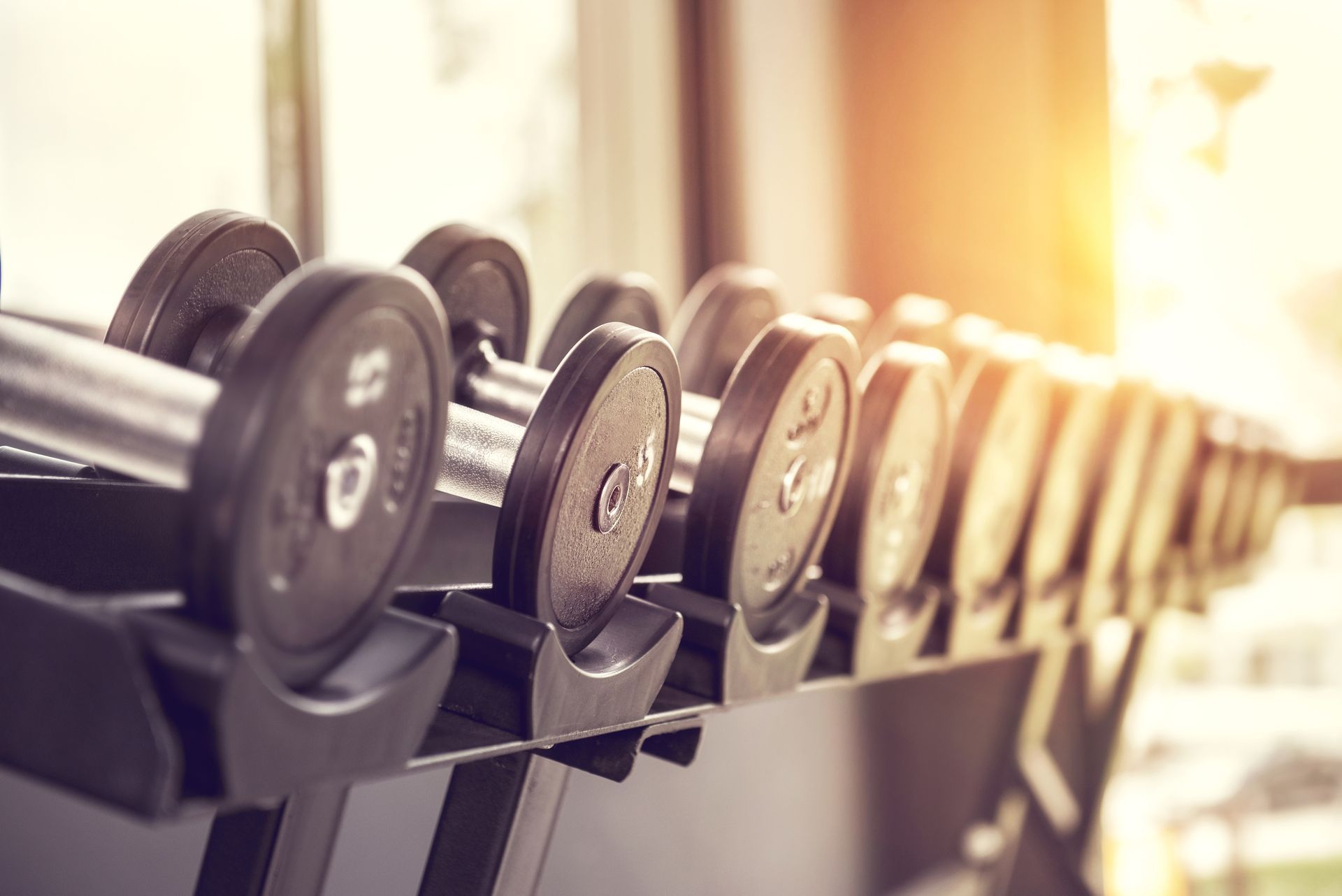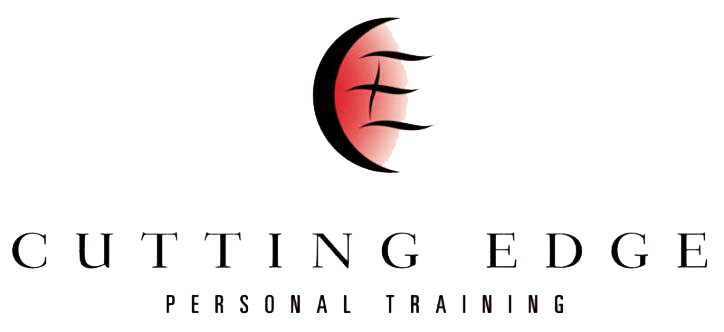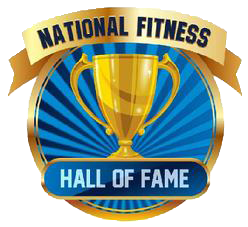July 1, 2024
Five Essentials for Fat Loss from a Nashville Personal Trainer
Five Key Steps for Fat Loss
Losing extra fat is a goal many people share, whether it’s to look good for a special event, achieve that dream summer body, or simply improve overall health and well-being. As a seasoned Nashville personal trainer, I understand the challenges and strategies involved in successful fat loss.
Fat loss can enhance your confidence, boost your energy levels, and reduce the risk of chronic diseases. However, achieving this goal can be challenging without the right strategies. It’s not just about working out harder or eating less; it’s about adopting a balanced approach that integrates various aspects of a healthy lifestyle.
Here are five essential steps to help you successfully lose fat and maintain a healthier body, straight from a personal training expert in Nashville.
#1 Eat in a Healthy Calorie Deficit
Maintaining a caloric deficit is the cornerstone of fat loss, which means burning more calories than you consume. Without this deficit, other fat-loss strategies won't be effective.
- Caloric Deficit: To lose approximately one pound per week, you need to consume 300 to 500 fewer calories each day. However, it's crucial not to drop below 1,200 calories daily, especially for women, as eating too few calories can slow your metabolism.
- Quality Matters: It's not just about the number of calories but also their quality. Your daily caloric intake should be balanced among fats, carbs, and protein.
#2 Get Active Outside the Gym
Physical activity shouldn't be confined to gym workouts. As a Nashville personal trainer, I often emphasize the importance of staying active throughout the day to my clients.
- Daily Activity: Aim to increase your daily activity by incorporating simple habits like walking 10,000 steps a day. This can substantially increase the number of calories burned daily.
- Other Activities: Gardening, household chores, and playing with your children are other great ways to stay active.
#3 Weight Train at Least Three Days a Week
Incorporate strength training into your gym sessions. While cardio helps burn calories and maintain a caloric deficit, strength training builds muscle.
- Muscle Mass: More muscle mass increases your resting metabolic rate, meaning you burn more calories even when not active.
- Frequency: Start with at least three strength training sessions per week, and gradually increase as you progress and see results.
#4 Add HIIT to Your Fat-Loss Program
High-Intensity Interval Training (HIIT) is an effective addition to your fat-loss plan.
- How It Works: HIIT involves short bursts of intense exercise followed by longer rest periods. This type of training elevates your heart rate and maximizes calorie burning in a shorter time.
- Versatility: You can perform HIIT with bodyweight exercises, weights, or cardio activities.
- Frequency: Aim to include HIIT sessions one or two times a week for optimal fat loss.
#5 Get Enough Sleep
Adequate sleep is vital for fat loss. Lack of sleep can increase stress hormones that promote fat storage and lead to increased food cravings, mental fog, and decreased energy levels.
- Impact: These factors can impair your gym performance and make it harder to stick to your eating plan.
- Solution: Ensure you get enough rest to support your fat-loss efforts effectively.
Conclusion
Fat loss is a multifaceted journey that requires a balanced approach. By maintaining a healthy calorie deficit, staying active throughout the day, incorporating strength training, adding HIIT to your routine, and ensuring adequate sleep, you can effectively reduce body fat and improve your overall health.
Remember, the key to successful fat loss is consistency and patience. Small, sustainable changes in your lifestyle can lead to significant long-term results. Celebrate your progress along the way and stay committed to your goals. With the right mindset and strategies, and perhaps some guidance from a Nashville personal trainer, you can achieve and maintain a healthier, leaner body.

Get started - footer
We will get back to you as soon as possible
Please try again later
All Rights Reserved | Cutting Edge Personal Training | Privacy Policy




